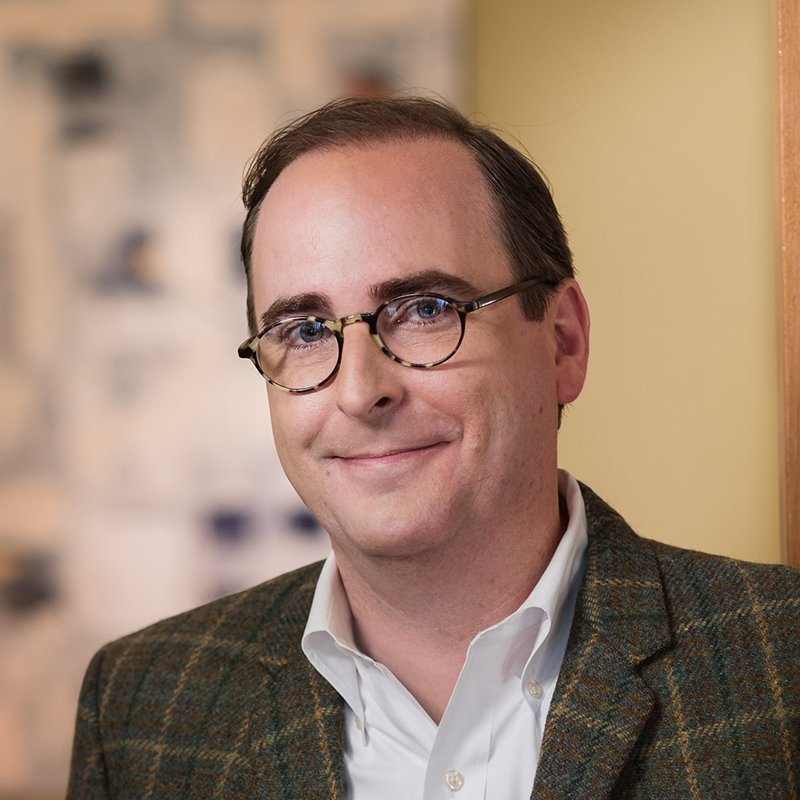When you’re the audience: three lessons from EDs on the inside.
For most of my adult life, mornings were filled with the papers and networks that reveal what’s happening around the world. Not anymore. Recently, that sequencing became clearly unproductive. The wars overseas. The domestic political posturing. It’s too demoralizing. I still find time to stay informed. But not first thing.
These days, I start with the counterforce. As you know, our work puts me along the paths of countless cause leaders. Their issues are news, too, and that news is also often troubling. But there’s a healthy dose of hope, and a willful determination to make things better. They give me faith. I know many of you are among them. And so, I owe you great thanks.
Today I want to single out a subset of leaders who have been directly touched by the issue they are working to solve. I’m struck by the intimacy of the relationship between problem and champion. It’s somehow different when you’ve been in the shoes of those you’re trying to help.
The desire to turn adversity into action is natural. Yet turning reaction into reality is rare. And that rarity offers us some valuable insights.
Lesson 1
Adjacent issues can be mission critical.
I recently interviewed Nicole Taylor for our video series, The Science of Good. Her family fostered a child and wanted to adopt, but permanent placement with biological family intervened. After experiencing the grief of that experience, she founded Congregations for Kids, an organization that mobilizes communities to be champions for children in the foster care system. The rub is that her message became embracing that grief, not eliminating it. Nicole’s experience taught her that becoming attached IS the goal of foster parenting and that children need to know what a healthy attachment looks like, regardless of where they end up. That it’s about the child, not the foster parent.
Along the way, she also learned how vital social workers are and that their attrition rate was damaging. Children with a single, consistent case worker are four times more likely to achieve permanency than those who experience turnover. That’s why her program not only recruits and trains foster families, but also helps prevent burnout among social workers by providing support and encouragement from the communities they serve.
Recruiting foster families is Nicole’s mission, but the adjacent issue of continuity of care from social workers is essential to a successful outcome. Her personal experience offered her the expanded perspective to see this.
Lesson 2
Turning obstacles into lesson plans.
Lester Young’s Ted Talk left me flabbergasted by the unchecked prison system our country has built. My work is all about uncovering barriers to change. The things that get in the way of behavior change: money, childcare, stigma, transportation, etc. Felons face huge barriers when reentering society. Obstacles that block them from employment, housing and education. These roadblocks perpetuate crime and render two-thirds of those released back to prison within three years. All while our prison system costs taxpayers $80 billion a year.
Lester is among the seven million Americans who have a felony conviction. He was convicted at 19 years old and served 22 years. Understanding the obstacles and trauma inmates face first-hand, he founded Path2Redemption, an organization that helps formerly incarcerated people reintegrate into society. His program features a curriculum called “The Power of Choices.” My conversation with Lester was powerful indeed. It was also a prolific reminder that I have blind spots and unconscious biases.
Lesson 3
Building community where none exists.
I’ve written about Tamika Felder before. Her first thought after a cervical cancer diagnosis was, “I can’t be the only one.” There was such stigma around cervical cancer and the sexually transmitted disease that causes it, that no group existed to support the more than 11,000 people diagnosed each year. Tamika changed that. Last week she continued to do so, moderating a panel discussion at The White House as part of its “Cancer Moonshot” initiative.
These three exemplify the power of proximity. This is not to say it doesn't come with its own unique blinders. (I have plenty to say on this at a later date.) And I’m not suggesting that you need to be a survivor to be a change-maker. I’m a middle-aged man and I’ve spent a decade working to reduce unintended pregnancy. I’ve also worked to increase equity and inclusion for people with disabilities despite not having one myself. From domestic violence to advocating for immigrants, I’ve had the opportunity to champion many causes far from my own doorstep.
If you don’t mirror the people you’re trying to help, you have to get closer to those facing the problem you’re working to solve. Only then can you develop a deep understanding of how it can happen. For me, that means learning the biases and blind spots (heuristics) at play so that we can develop messaging that sparks behavior change.
For Nicole, Tamika and Lester, life provided that perspective. If your first-hand experience doesn’t match that of your cohort, it’s worth some time considering how to bridge the gap. If you’d like a sounding board, don’t hesitate to reach out. Yours are shoes I’ve walked many miles in. And they’ve led me to some wonderful places.
Let’s make some good news,
Kevin


